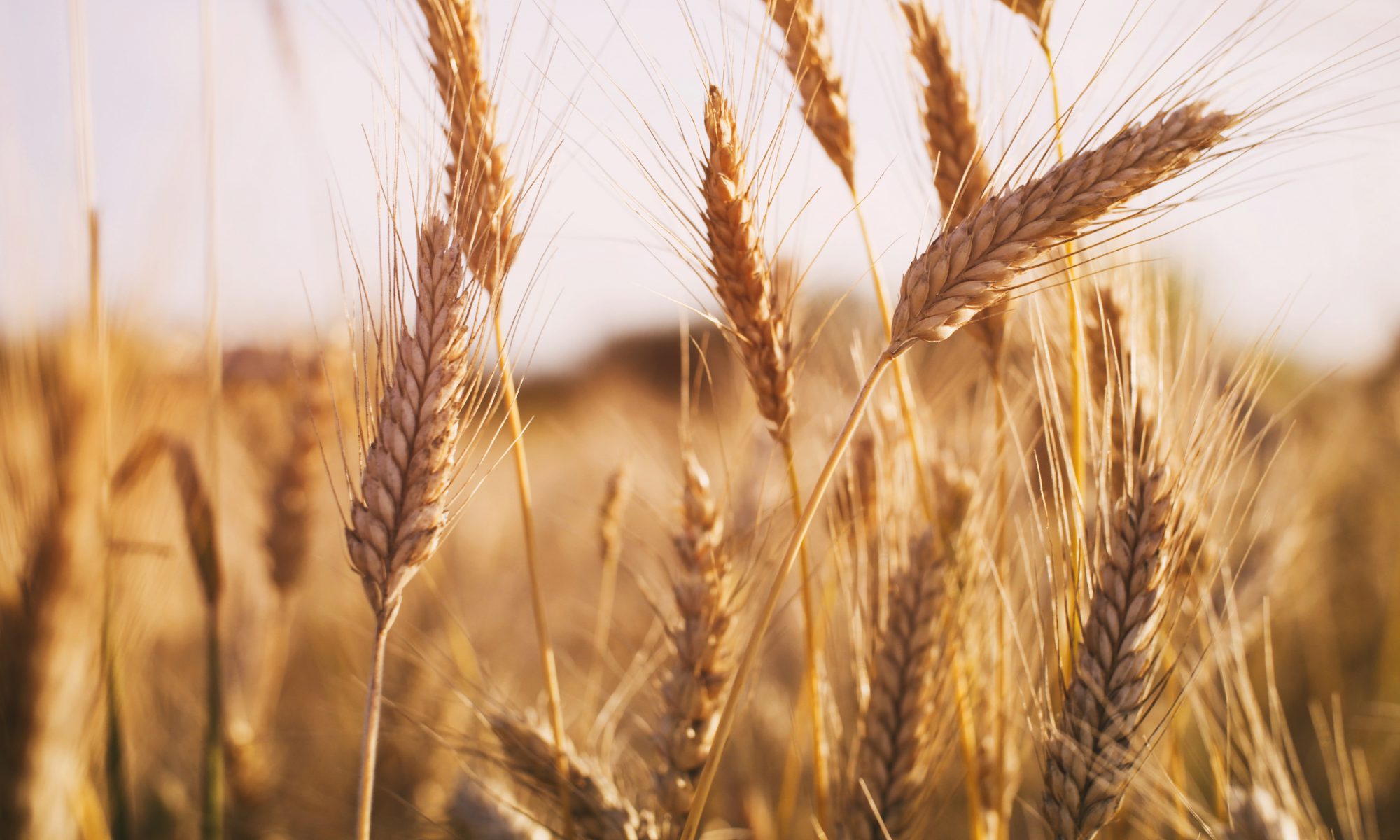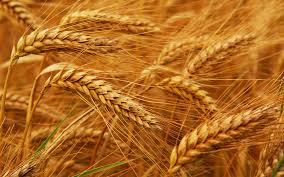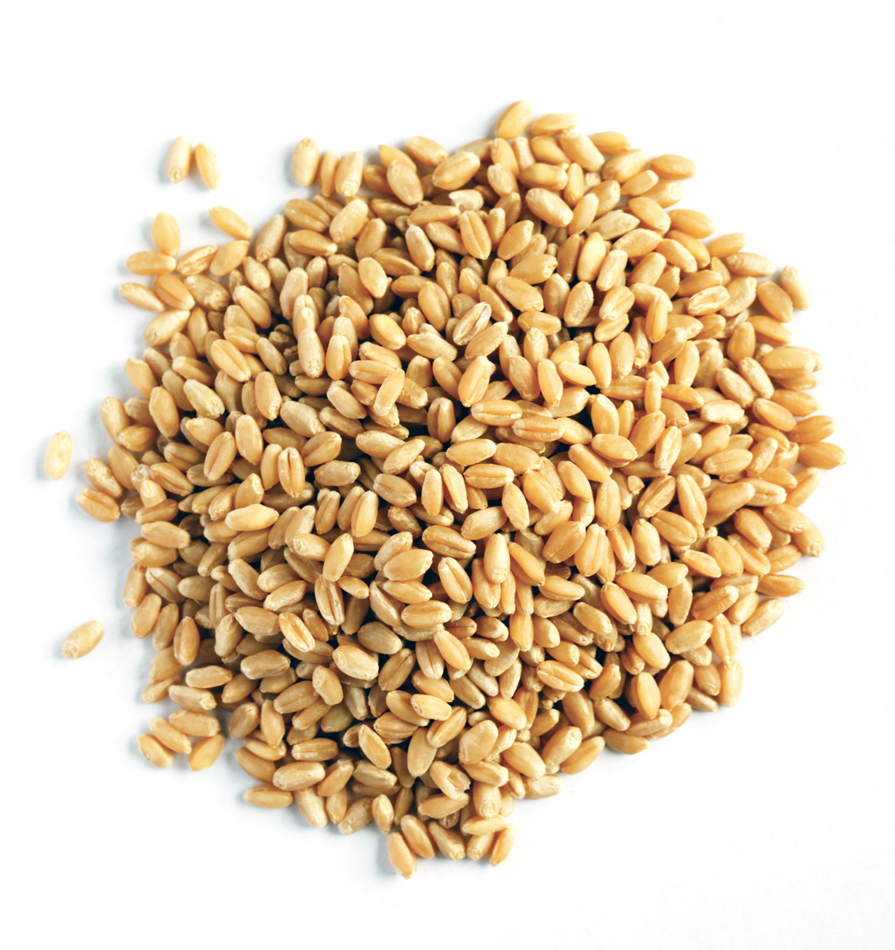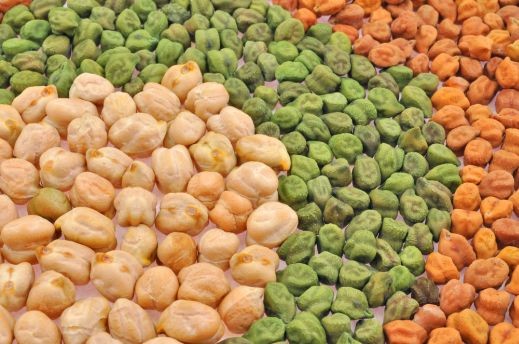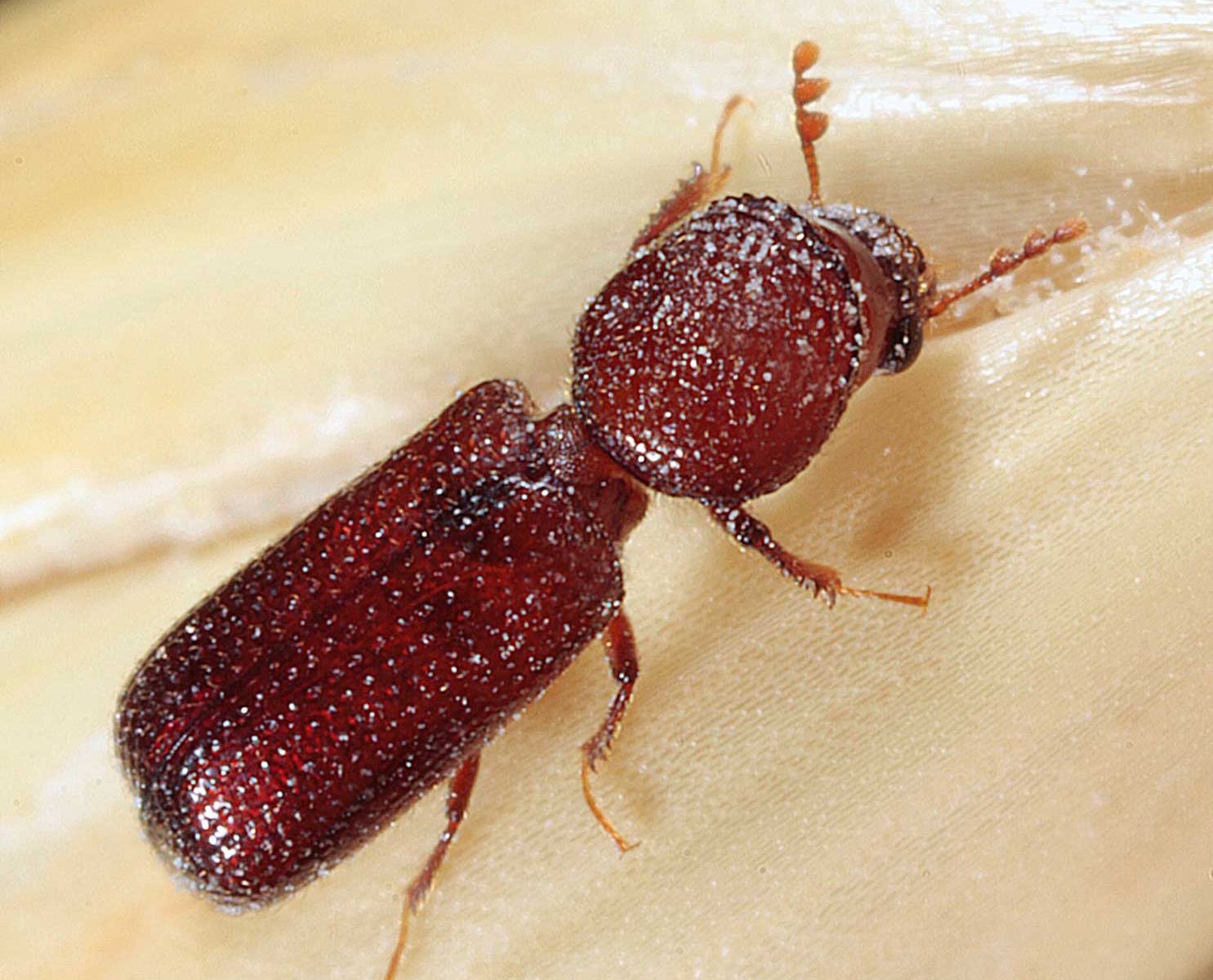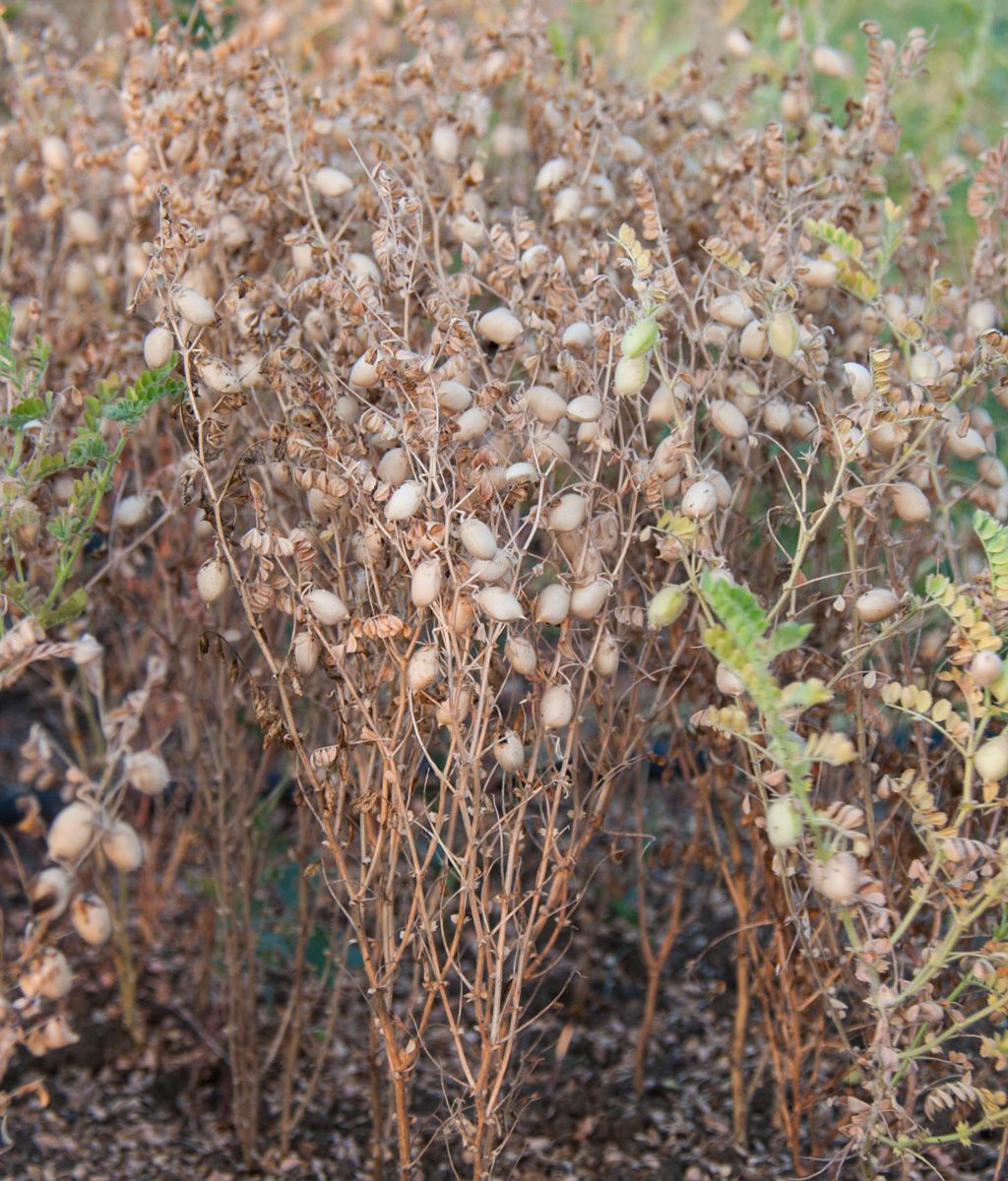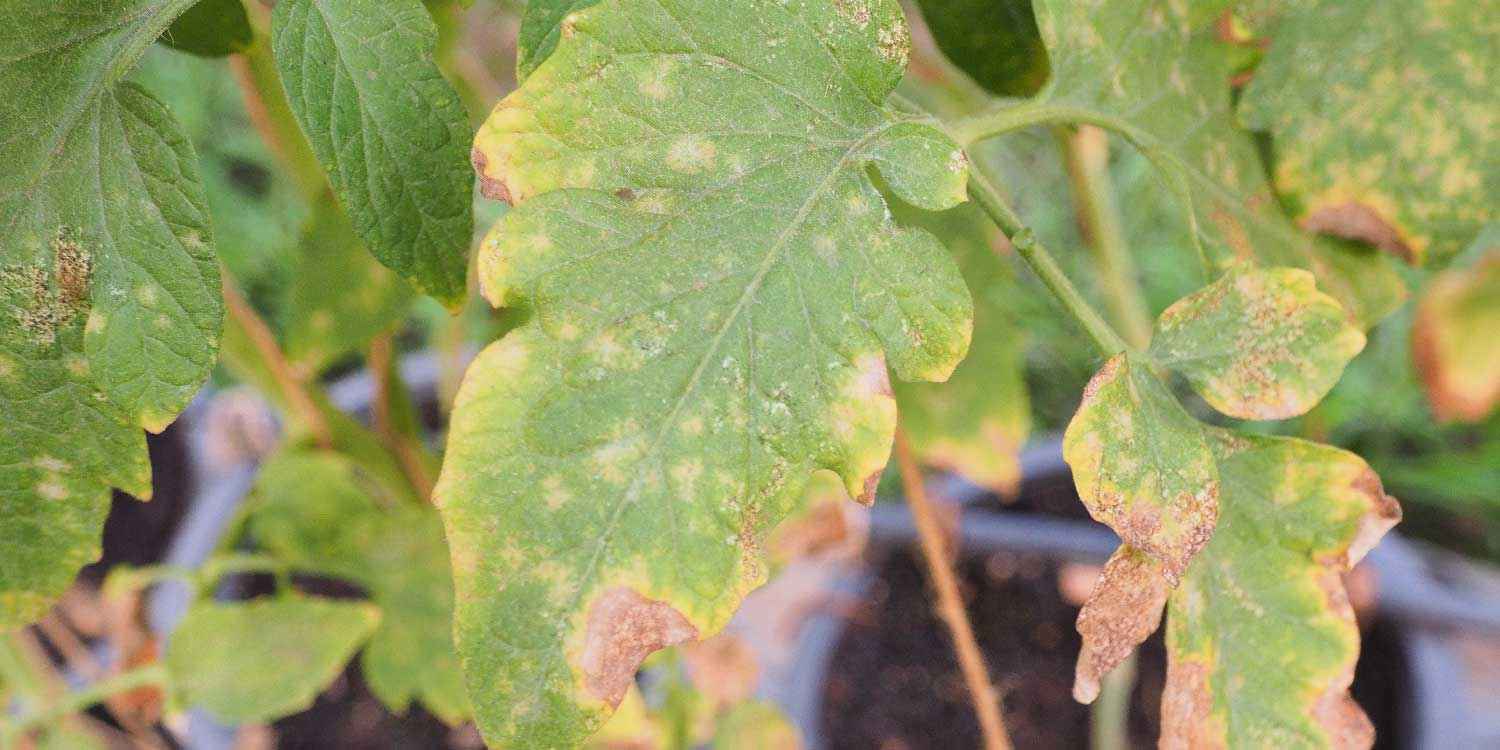- Before storage, the grains should be properly dried.
- The storehouses should be well ventilated and “pucca” cement concrete or brick made storehouses are recommended.
- Maintenance of adequate free space (2-2 ft.) between stacks.
- Stacks should be well separated from the wall and ceiling.
- Time to time aeration of the storehouse reduces the moisture content and prevents the lesser grain borer growth.
- Damp and wet bags should not be used for storing grains.
- Grains should be frequently inspected at least once a month during dry season and once a fortnight during rainy season.
- The damp and moist grains should be disposed off at earliest or should be removed from the store house to be dried in the sun.
- Malathion spray @ 100 mg/square meter is a better choice.
- Treating infested grain with dichlorvos @ 0.5 gm/square meter
- Mix 10 gram of deltamethrin per liter of water spray in storage house.
- Pesticides are poisons so it is essential to follow all safety precaution on labels.
Like and share with other farmers by clicking on button below.
Share


